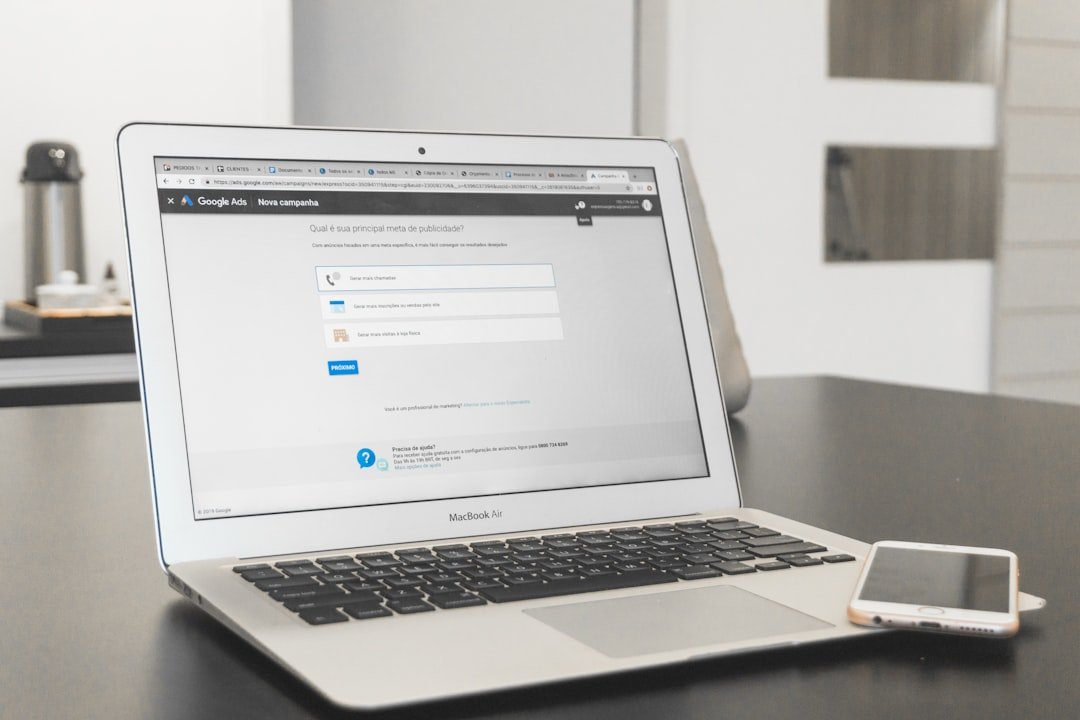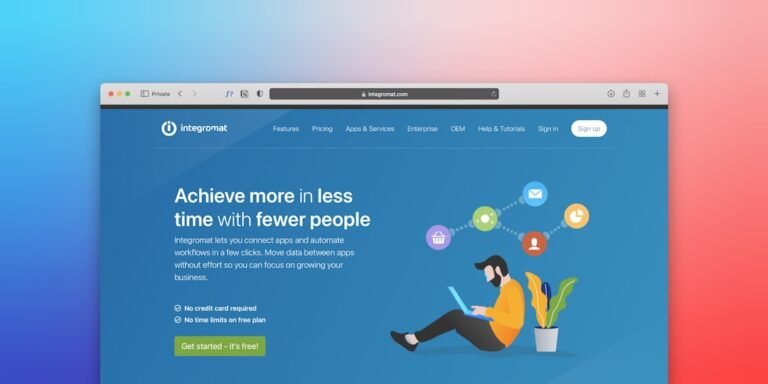email marketing list segmentation
As a marketer, you’re likely no stranger to the importance of email marketing in reaching your target audience. However, with the ever-increasing competition in the inbox, it’s becoming more challenging to cut through the noise and drive meaningful results. This is where email marketing list segmentation comes in – a powerful strategy to divide your email list into targeted groups, increasing the relevance and effectiveness of your campaigns.
What is Email Marketing List Segmentation?
Email marketing list segmentation is the process of dividing your email list into smaller, more focused groups based on specific criteria, such as demographics, behavior, preferences, or interests. By segmenting your list, you can create highly targeted campaigns that resonate with each group, leading to improved engagement, conversion rates, and ultimately, revenue.
Benefits of Email Marketing List Segmentation
The benefits of email marketing list segmentation are numerous. Here are just a few:
**Increased relevance**:
By sending targeted content to specific groups, you can ensure that your messages are relevant to their interests and needs.
**Improved engagement**:
Segmented campaigns lead to higher open rates, click-through rates, and conversion rates, as recipients are more likely to engage with content that’s tailored to them.
**Better deliverability**:
By reducing the likelihood of recipients marking your emails as spam, segmentation can help improve your sender reputation and deliverability rates.
**Enhanced customer experience**:
Segmentation allows you to provide a more personalized experience for your subscribers, building trust and loyalty.
Types of Email Marketing List Segmentation
There are several types of email marketing list segmentation, including:
1. Demographic Segmentation
**Age**:
Segment your list based on age ranges, such as 18-24, 25-34, or 55+.
**Location**:
Divide your list by geographic location, such as country, state, or city.
**Job title**:
Segment by job title, industry, or company size.
2. Behavioral Segmentation
**Purchase history**:
Segment based on past purchases, such as frequent buyers or lapsed customers.
**Engagement level**:
Divide your list by engagement level, such as subscribers who have opened or clicked on your emails in the past.
**Abandoned carts**:
Segment subscribers who have abandoned their shopping carts.
3. Preference-Based Segmentation
**Interests**:
Segment based on subscribers’ interests, such as hobbies or topics they’re passionate about.
**Content preferences**:
Divide your list by content preferences, such as blog posts, newsletters, or promotional emails.
Best Practices for Email Marketing List Segmentation
To get the most out of email marketing list segmentation, follow these best practices:
**Start small**:
Begin with simple segments and gradually add more complexity as you gather data and insights.
**Use data effectively**:
Leverage data from various sources, such as CRM systems, website analytics, and social media, to inform your segmentation strategy.
**Regularly review and refine**:
Continuously review and refine your segments to ensure they remain relevant and effective.
Conclusion
Email marketing list segmentation is a powerful strategy to boost engagement, conversion rates, and revenue. By dividing your list into targeted groups based on demographics, behavior, preferences, or interests, you can create highly relevant campaigns that resonate with each group. Remember to start small, use data effectively, and regularly review and refine your segments to get the most out of email marketing list segmentation. With the right approach, you can unlock the full potential of your email marketing efforts and drive meaningful results for your business.
About Relvixis: Relvixis is a Canadian-based digital agency specializing in results-driven solutions for businesses looking to grow online.
We offer expert services in SEO optimization, web development, social media management, and marketing automation.
Our team blends creative strategy with technical precision to drive leads, enhance brand visibility, and accelerate digital performance.
To learn more or schedule a free consultation, visit
relvixis.com.







